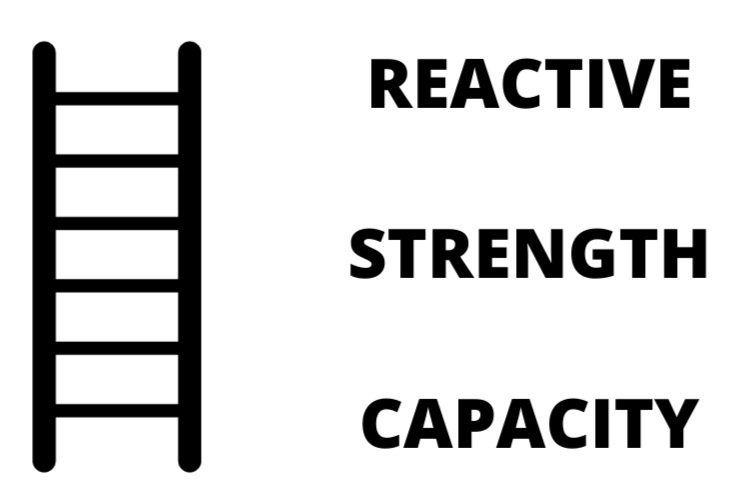BUILDING A STRONG NECK PART 2
THE PROTOCOL: PART 2
The second part of this protocol was an intensification phase for the neck. Exercises involved partner resisted isometric holds and increasing loading whilst decreasing repetition ranges. During this block, the aim was to induce maximal strength for the neck. In the third and final block, the exercises involved more of a reactive component from a partner or perturbation from a band. The aim here was to allow the athlete to express force quickly in order to stablise the neck.
EXERCISE PROGRESSION:
When programming, exercises should have a thematic progression. The right hand side of this page shows the progression from more capacity focused exercises utilising holds and higher rep ranges. In phase 2, the emphasis shifts to a general strength with more isotonic based movements. In the final block, the emphasis shifts to reactivity. This requires the athlete to quickly react to a perturbation of the neck without compromising their neck position.
PHASE 2 EXERCISES:
Tall Kneeling Partner Resisted Holds: This involves the athlete pushing their head into the resistance of the coach. Goal here is to induce maximal isometric strength in four directions.
Plate Neck Flexion: This involves the athlete placing some plates on their forehead on a bench pull in a supine position and flexing their neck. Goal here is to induce general neck flexion strength.
Head Harness Neck Extension: This involves the athlete wearing a head harness and extending their neck.. Goal here is to induce general neck extension strength.
Standing Protraction/Retraction and Lateral Flexion with 3s Isometric Hold: This exercise remains consistent from Block 1 but have progressed this exericse by adding in some isometric holds with each repetition.
PHASE 3 EXERCISES:
Tall Kneeling Reactive Partner Push: This involves the athlete adopting a tall kneeling position. The coach will then push the athlete’s head in random directions. The athlete must react and stabilise their head.
Flexion/Extension Drop Catch: This involves the athlete positioning their head off bench pull in a supine and prone position. The coach will hold the athlete’s head and move it around slowly. At any given time point, the coach can release the athlete’s head. It is up to the athlete to react and stabilise their head.
Standing Reactive Partner Band Holds: This involves the athlete wearing a resistance band around the head. The reactive component is from the coach pulling the band which causes a perturbation.
RE-TESTING
Participant 1: Pre and Post Results
Participant 2: Pre and Post Results
Based on these findings, we found that there was limited changes to flexion and extension strength. Around a 2% increase in flexion strength for both participants and one participant decreased in extension strength whilst the other had limited to no change. Lateral flexion strength increased for both participants on both sides.
DISCUSSION:
Overall, from this case study, we can assume that this neck strength protocol helped with increasing neck lateral flexion strength however had limited effect on neck flexion and extension strength. From a logistical perspective, this study was difficult to control. All the athletes who participated in this study had competitions during the implementation of this protocol. This meant that there may have been a few sessions where the athlete was not able to complete the protocol. 1 athlete had to withdraw from the study due to neck soreness from boxing training.
Additionally, a good lesson for future protocols is to select athletes who are not competing for a few months. In my opinion, the adherence of protoocls would have been mardkely improved if the athletes chosen had fit this criteria.
As noted in the re-testing section of this blog, 1 participant showed decreases in neck extension strength. Another factor that would have led to “decreases” in neck strength in some participants could have been due to neck fatigue from training during the week. In combat sports, the neck may be subjected to large magnitude forces from strikes and/or chokes from training and therefore the output from the test may have been acutely impacted.
However, despite the low adherance rate and mixed results, this does not mean we will not address neck strength moving forward. As mentioned in PART 1 of our blog, neck strength has many benefits and has consistently been shown to be associated with decreasing the risk of concussion.
Want a full program of training like this that will make you more athletic in all areas?
Get two weeks of our world class online program 100% free. Simply click the button below.




